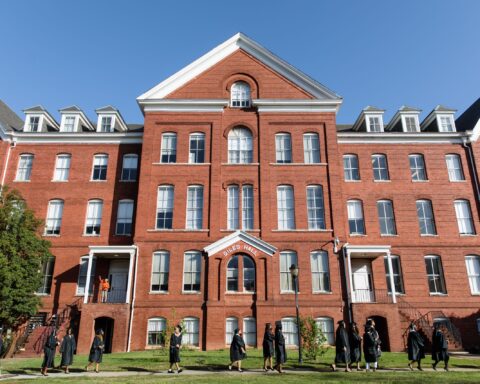- Written by Dr. Marybeth Gasman
Today’s student bodies at HBCUs boast considerable diversity.
Why is it that people assume that Historically White Institutions are diverse, yet in the same breath assume that Historically Black Institutions are not? And, when I say people—I mean all kinds of people—of various racial and ethnic backgrounds. If you take a look at the nation’s Historically White Institutions (HWIs), you’ll find that most are not that diverse unless they are located in urban areas.
These institutions, although legally no longer segregated, are far from integrated—especially the more elite, selective institutions. If you look at the faculty of HWIs, it is not heavily integrated. Most tenured faculty members are still White and male.
However, if you look closely at Historically Black Colleges and Universities (HBCUs), you’ll find student bodies that boast considerable diversity—especially if you examine the public HBCUs. According to statistics gathered by the Thurgood Marshall College Fund, for example, 8 percent of public HBCU student enrollment is White, 2 percent is Latino and 1 percent is Asian. Of note, over the past 30 years, Latinos have increased their presence at HBCUs by 124 percent. Moreover, the faculty at HBCUs, both public and private institutions, has always been diverse. HBCUs have opened their doors to the best faculty regardless of racial or ethnic background and continue to do so. Among HBCUs, Blacks (including Africans and Caribbeans as well as African Americans) make up roughly 60 percent of the faculty, with Whites accounting for 30 percent and Latinos and Asians the remaining 10 percent. It would be very hard to find this kind of diversity at most HWIs.
Yet, time and time again, HBCUs are looked upon as “segregated” environments that don’t represent the “real world.” If you have been studying the projected Census data, you know that HBCUs now represent the very real world of the future. By 2020, the percentage of people of color in our country will be 40 percent and by 2040 the percentage will increase to 50 percent. HBCUs are preparing students for a very realistic world.
In order to counter misconceptions, HBCU leaders must promote the diversity on their campuses. This is ever more important given falling enrollments at some HBCUs. Many students of various racial and ethnic backgrounds could benefit from the nurturing, yet challenging environments at HBCUs as well as the lower tuition. Some worry that becoming more diverse will dilute the “HBCUness” of HBCUs—true, but I doubt that diluting will take place to any great extent. Culture runs deep and traditions can be maintained with effort. Just look at the nation’s Historically White Institutions—many have “integrated” but continue to, unfortunately, hold fast to only the culture on which they were founded. I have a feeling that HBCUs can maintain diversity—and thrive from it.





